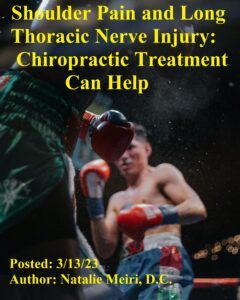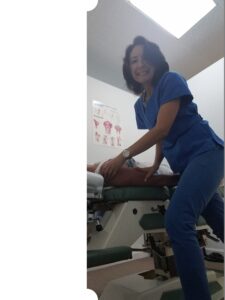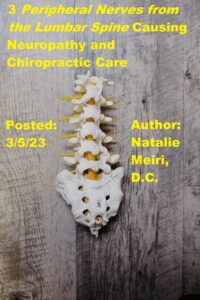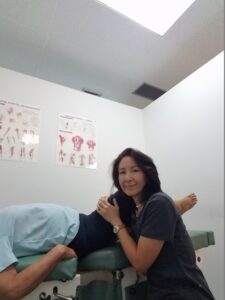
This post is about Low Back Pain and the Femoral Nerve: Chiropractic Treatment Can Help. You may have pain that radiates from the back and hip into the legs. And walking and moving may be difficult. Also, it may present as buttock pain radiating to the groin and knee. Moreover, do you have a “loss of sensation” over the superior (top) and anterior (front) part of the same knee?
If you have pain due to a femoral nerve injury, chiropractic treatment may be your best choice for relief!
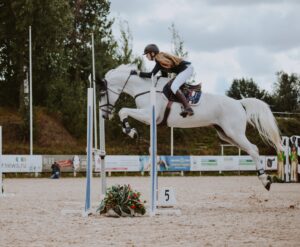
How is the Femoral Nerve Injured?
The femoral nerve can be injured by “mechanical stressors”, pathological (abnormal), traumatic and metabolic mechanisms.
Firstly, entrapment between muscles in athletes participating in certain sports (e.g. horse back riding) along with hyperextension (excessive backward motion) of the hip joint are mechanical stressors. So entrapment of the femoral nerve happens during long periods of hyperextension or stretching of the nerve as it exits the lumbar plexus (web of nerves). Additionally, it can happen from sudden flexion and extension of the lumbar spine.
Secondly, child birth can cause a femoral neuropathy (nerve problem that causes pain, numbness, tingling, swelling).
Thirdly, traumatic femoral injuries can be from a fall.
Fourthly, post-surgical scar/adhesions or a soft tissue congenital (born with it) anatomical variant may be the issue (e.g. iliopsoas variant).
Lastly, metabolic disorders such as diabetes, shingles (Post-Herpetic Neuralgia) or drug abuse can also, through biochemical interactions, alter nerve function and result in neuropathies.

Femoral Nerve Anatomy
The femoral nerve innervates (supplies) the muscles and skin of the hip and thigh. It originates from the lumbar plexus. The lumbar plexus is a complex neural network formed by the lower thoracic (T12) and lumbar (L1-L4) nerve roots. The femoral nerve is formed from the anterior (front) division of spinal nerves L2-L4. In fact, the femoral nerve is the longest branch of the lumbar plexus.
Entrapment of the Femoral Nerve
Femoral nerve entrapment may occur due to compression under the inguinal ligament. The inguinal ligament is the thickened lower border of the aponeurosis (fibrous collagenous connective tissue) of the external oblique muscle of the abdomen.
As with all peripheral (reside outside your brain and spinal cord) neuropathies, it must be distinguished between a proximal (center of body) or a peripheral nerve problem in order to treat it properly. In other words, distinguishing between the L2-L3 nerve root or a peripheral entrapment of the femoral nerve is important. This diagnosis will be made by your doctor.
Electromyography can usually determine whether the tissue damage is a lumbar root, plexus, or femoral nerve involvement. However, electromyographic study is unnecessary to start chiropractic treatment.
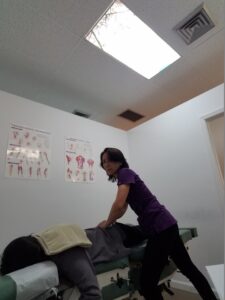
Treatment at Meiri Chiropractic in West Palm Beach
Chiropractic manipulative treatment/therapy to the spine and extremities (e.g. limbs) are effective for neuropathy. Our other therapies, such as soft tissue techniques, electric muscle stimulation, ice/ heat therapies and homeopathic consultations provide relief. Through regular chiropractic visits, you can get pain relief and improve your health without drugs or surgery!
At Meiri Chiropractic we spend the time necessary to examine, diagnose and treat every neuromusculoskeletal condition and various ailments you have. Chiropractic is a holistic and natural way to not only treat existing conditions, but to keep your body in its best working condition. We have been offering effective chiropractic care in West Palm Beach since 2006. Many of our patient reviews note our excellence. Call us today at 561-253-8984 to make an appointment or to find out more about Low Back Pain and the Femoral Nerve: Chiropractic Treatment Can Help.
